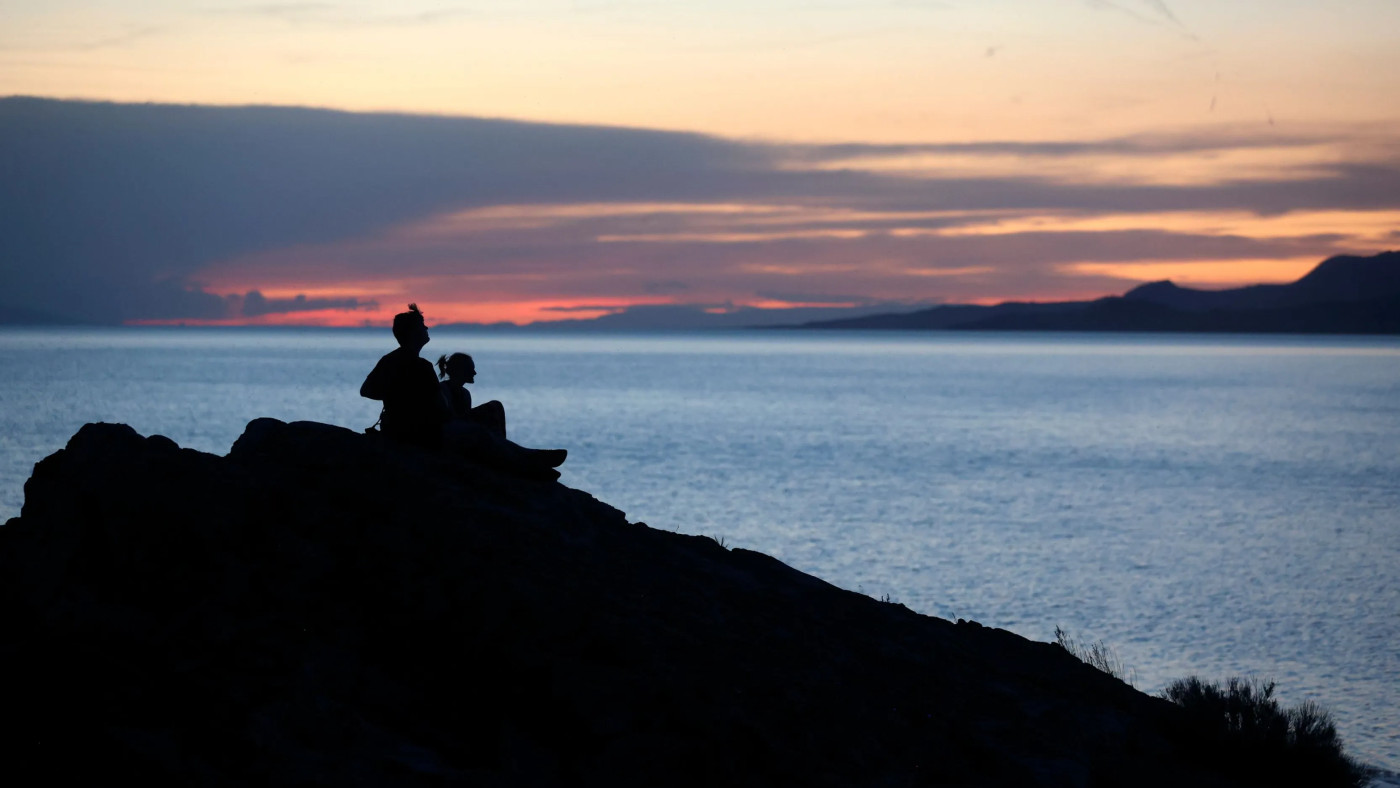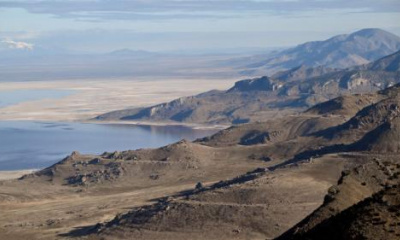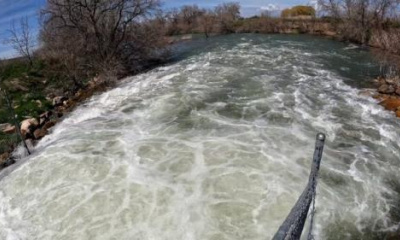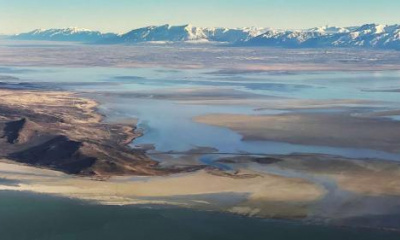Poll shows concern remains strong, but slightly diminished in light of snowpack
The endless winter storms that draped Utah’s watersheds in a canopy of white, breaking records, collapsing roofs and burying recreation sites also slightly dampened some of the concern Utah residents have over the Great Salt Lake.
A Deseret News/Hinckley Institute of Politics poll shows that 74% of Utah residents remain concerned over the fate of the saline lake, while 27% are less concerned or not concerned at all. Dan Jones & Associates conducted the survey of 798 registered Utah voters May 22 to June 1. It has a margin of error of plus or minus 3.46 percentage points.
That percentage of concern has dropped since last year, when the lake was struggling with historically low levels. At that time, 80% of residents voiced their concern over the lake, which is the largest saline lake in the Western Hemisphere.
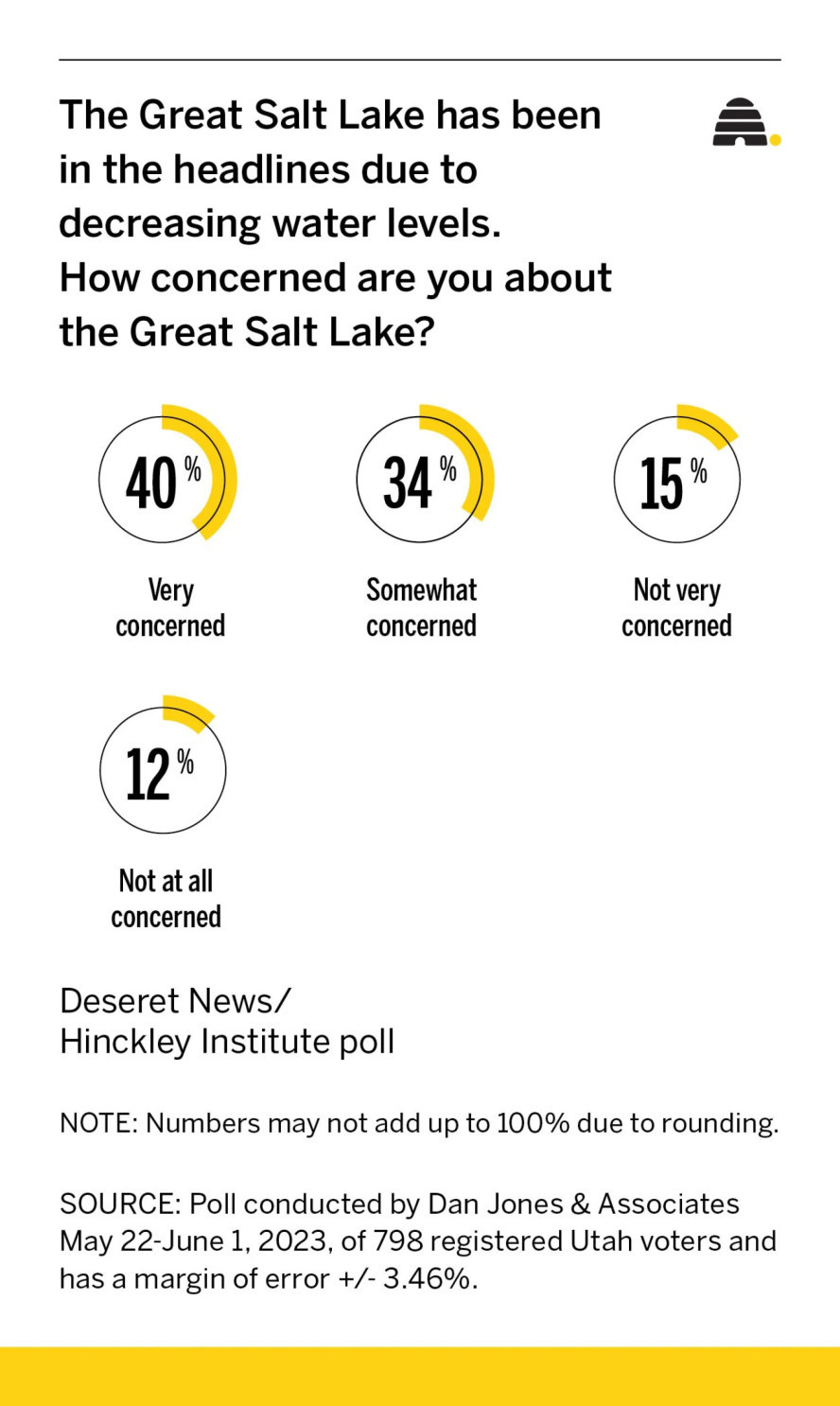
Incoming Great Salt Lake Commissioner Brian Steed said the numbers are not surprising.
“I think there’s a tendency when we have a good water year for people to think that the problems are solved. Unfortunately on the Great Salt Lake, that one good water year was preceded by many, many bad water years, and so we got ourselves into something of a deficit with the Great Salt Lake,” Steed said. “We need to be mindful of that. In order to get out of that deficit, it is going to take more than one good year, so it’s not time for us to give up on water conservation.”
While a water supply outlook report released this week by the Natural Resources Conservation Service’s Utah Snow Survey noted the lake has risen by five feet, Steed says it still has a long way to go and those numbers largely reflect the south arm of the lake, which is at an elevation of 4,194 feet.
“We’re not seeing that level of increase in the north arm, so that is something we have to watch, too.”
Rising lake levels have prompted the return of some of the larger sailboats to the the Great Salt Lake Marina this week, but Steed also cautioned that may not be a luxury that endures for long.
“We’re not very many feet away from actually having to remove those boats again. I don’t want to be a glass half full kind of guy. I think that we have a lot of cause to celebrate, but we should not let up on our concern.”
The larger sailboats were returned to the marina after they were forced to leave last year because lake levels plunged to the lowest they have been in 175 years of recorded history.
“The other thing is that level is not high enough that it creates a buffer for dry years that we know are going to come,” he said. “With drought years, we would expect that to shrink. ... Sitting at the level it is right now, it’s not quite high enough to feel super confident that it won’t shrink quickly and put us back into a crisis situation.”
Lawmakers have been galvanized into action to help the Great Salt Lake and boost water conservation efforts, spending millions over the last two years, including the establishment of a $40 million Great Salt Lake trust and changing the law that allows holders of water rights to lease their water on behalf of the lake without fear of losing that right.
Optimism and challenges
Steed, who was picked by Utah Gov. Spencer Cox as the lake’s new commissioner, is awaiting confirmation by the Senate, possibly as early as next week.
It is a role he welcomes, coming from the natural resources world where he remains executive director of the Janet Quinney Lawson Institute for Land, Water, and Air at Utah State University. He also served as executive director of Utah Department of Natural Resources and as acting director for U.S. Bureau of Land Management.
“I think that we really can make a positive influence or a positive impact on the Great Salt Lake, and I think that should give us all a sense of optimism that if we do things right, that we can actually keep the lake and achieve healthy levels that benefits both wildlife that rely on the lake but also benefits us by having a healthier air shed,” Steed said.
As he has stressed, however, the challenges are far from over.
One can only look to the impacts from other saline lakes that have been reduced to dust or are well on their way, including Iran’s Lake Urmia or the notorious Owens Lake in California.
It took 20 years and $2.5 billion to mitigate the pollution from Owens Lake, which at one point was the nation’s most prolific spot for generating harmful PM10 pollution.
It’s a lesson to pay attention to, Steed cautioned.
“There’s big consequences for allowing that ecological collapse. So the good news is, I think, that we have options ahead of us, and we have the opportunity to prevent that. The bad news is we know what it looks like when it goes wrong. We know what failure looks like.”

